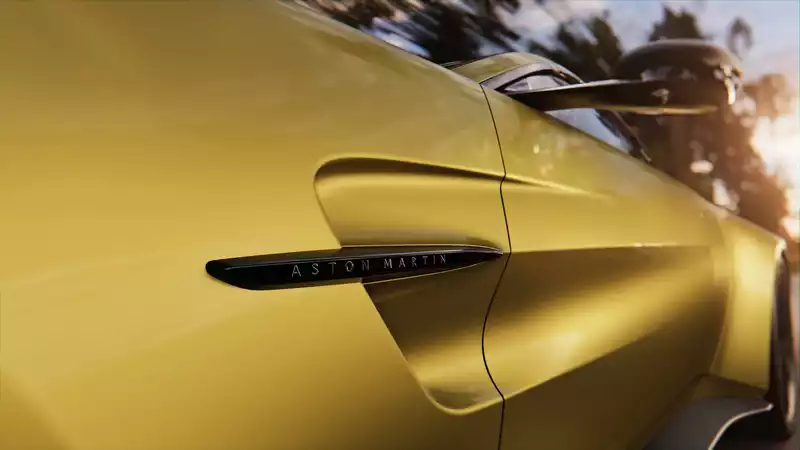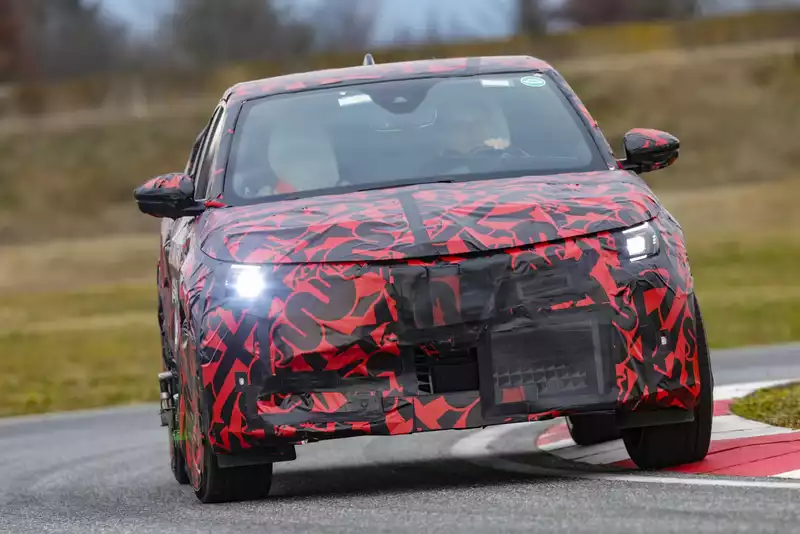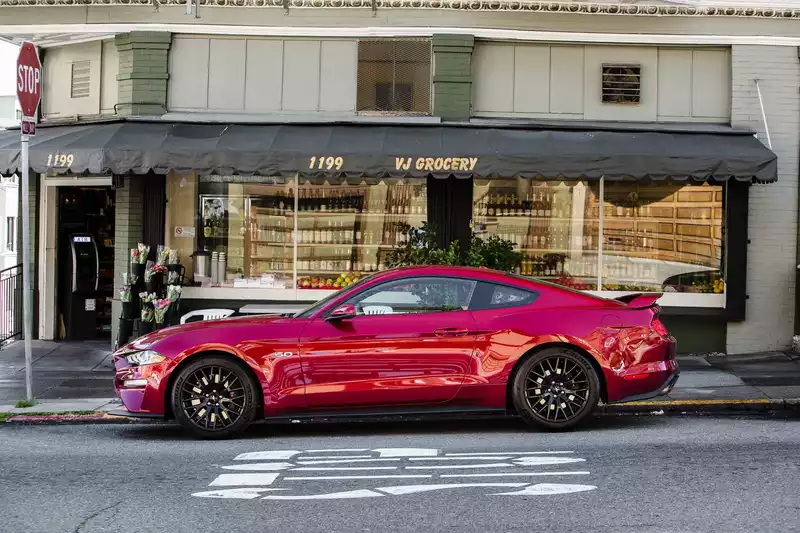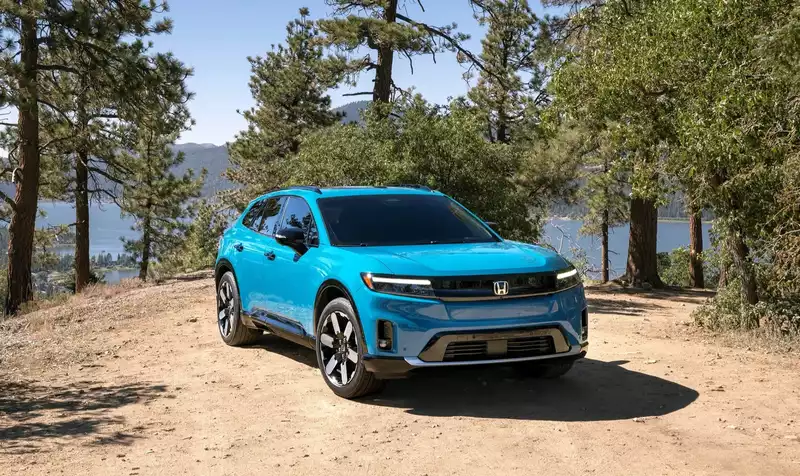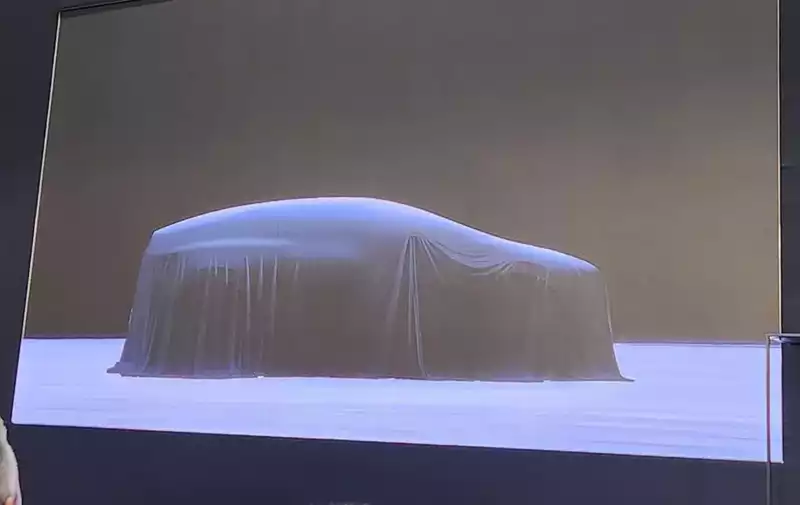In 1987, BMW named the V-16-powered 750iL the "Goldfish" model.
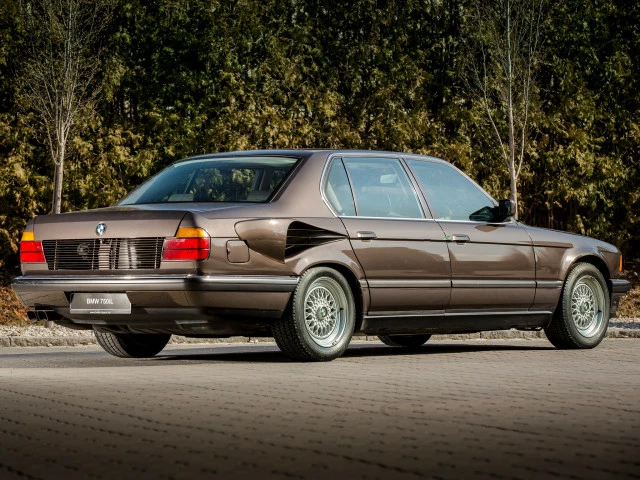
The 1980s was a time of excess, with BMW and Mercedes-Benz emerging as cars that promised success.
Not surprisingly, excess coincided with the German automakers. The 1987 BMW 750iL with this V-16 engine was the first of its kind, and the question was, "Why would they make such a thing?" and "Why not?" is one of the best examples of the intersection of the two.
Named the Goldfish (yes, that means goldfish), this one-of-a-kind 7 Series was powered by a 6.6-liter V-16 engine derived from BMW's existing V-12, BMWBlog reported in November. The resulting engine was so large that it would not fit under the hood of a BMW long-wheelbase sedan without significant modifications.
To make room, BMW chose to move the radiator to the trunk. In fact, BMW mounted two radiators in the trunk and fed air through two ridiculous fiberglass ducts mounted on the rear quarter panel.
This removed heat from the engine coolant, but not from the car. Therefore, BMW engineers incorporated a complex trunk lid-mounted air extraction system that pumped the unwanted heat into the slipstream of the car.
The result? A 408-horsepower executive sedan. That may not sound like much by today's standards, but 32 years ago it was a monster. Incidentally, the infamous Mercedes-Benz AMG "Hammer" boasted a 6.0-liter V-8 with 375 horsepower and was the king of super sedans at the time.
BMW's impractical monster never went into production. Something as bizarre as this should be unique. The showroom-spec Goldfish would not have had the ridiculous engineering solutions that make this car so interesting.

